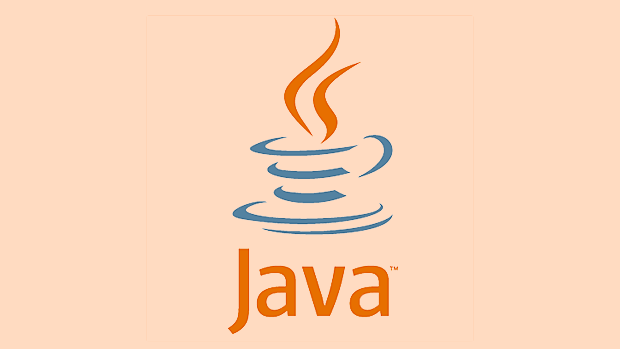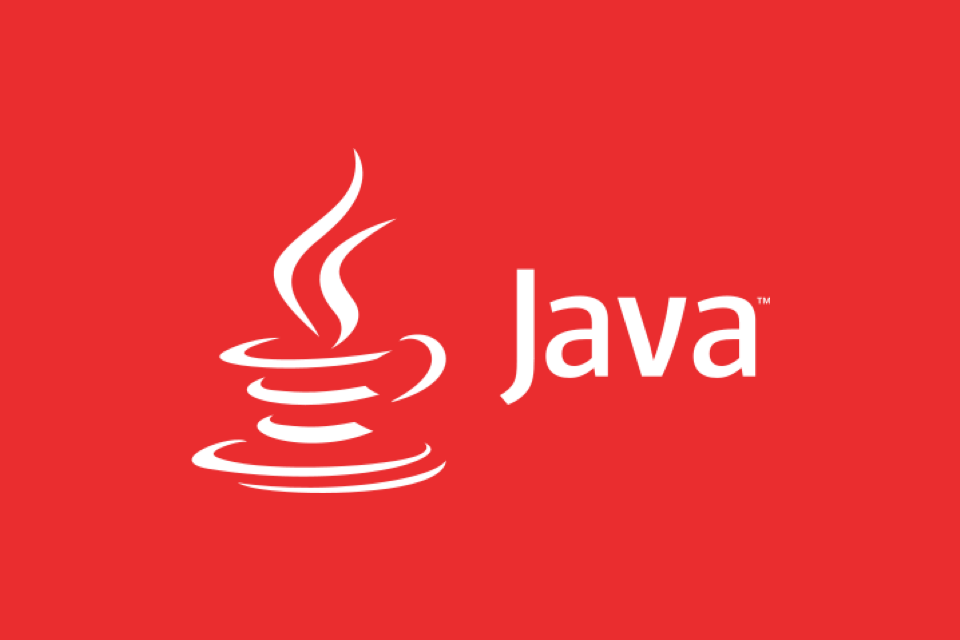Hibernate performance optimization needs to start from three aspects: lazy loading, caching, and batch processing. 1. Use lazy loading reasonably, set @OneToOne and @ManyToOne to FetchType.LAZY, and use JOIN FETCH to avoid N 1 queries when needed; 2. Enable secondary caching and query caching, add dependencies and configure @Cacheable, suitable for scenarios where data changes less; 3. Set batch size during batch processing and flush and clear regularly. A large amount of data can be considered to reduce memory consumption by JDBC or StatelessSession.

Hibernate is a commonly used ORM framework in Java applications, but if it is not optimized, it can easily become a performance bottleneck. To truly improve application efficiency, we cannot rely solely on the default configuration, but we must start from several key points.

1. Use lazy loading reasonably
Many people don't realize that the default association is "Eager", which means that even if you don't need a certain association data, Hibernate will find it out and waste resources in vain.
suggestion:

- Set
@OneToOneand@ManyToOneto association asfetch = FetchType.LAZY -
@OneToManyand@ManyToManyare lazy to load by default, but sometimes they are wrongly modified. - Use
JOIN FETCHto actively load the associated object when needed to avoid N 1 query problems
For example, when writing HQL or JPQL:
SELECT u FROM User u JOIN FETCH u.roles WHERE u.id = :id
This way, you can get the data of the main table and the associated table in one query, instead of queries multiple times separately.

However, be careful that if you use @EntityGraph of Spring Data JPA, you must also confirm whether lazy loading is really triggered, otherwise you may still find out the full field.
2. Enable Level 2 Caching and Query Caching
Hibernate provides level 1 cache (Session level) and level 2 cache (SessionFactory level). Level 1 cache exists by default, but has a small scope of effect. If you want multiple sessions to share data, you need to enable Level 2 cache.
Operation steps:
- Add dependencies such as Ehcache or Caffeine
- Configure
hibernate.cache.use_second_level_cache=true - Add
@Cacheableto entity class
For example:
@Entity
@Cacheable
public class Product {
// ...
}At the same time, query cache can also be enabled, which is suitable for queries that execute frequently but have little change in the results:
hibernate.cache.use_query_cache=true
Then add .setHint("org.hibernate.cacheable", true) when querying.
But note: Not all scenarios are suitable for caching . For example, if data is updated frequently, or if the conditions of each query are different, the cache hit rate is low, which will slow down performance.
3. Batch processing and state management optimization
Don't save it one by one when you need to insert or update a large amount of data. Hibernate will cache every record by default, resulting in a surge in memory or even OOM.
Recommended practices:
- Use batch mode:
session.setJdbcBatchSize(50); - Regularly call
session.flush()andsession.clear()to free memory - If it is a large batch import, consider directly using JDBC or native SQL to bypass Hibernate's context management
For example, batch insertion in a loop:
for (int i = 0; i < 1000; i ) {
session.save(entity);
if (i % 50 == 0) {
session.flush();
session.clear();
}
} In addition, if the object state is not necessary, you can consider using StatelessSession , which will not participate in Level 1 cache and will not perform dirty checks, which is suitable for high-performance needs in certain specific scenarios.
Basically that's it. Hibernate performance optimization is actually not complicated, but many details are easy to ignore, especially if the planning is not done in the early stage of development, it will be very troublesome to check it later.
The above is the detailed content of Optimizing Hibernate Performance in Java Applications. For more information, please follow other related articles on the PHP Chinese website!

Hot AI Tools

Undress AI Tool
Undress images for free

Undresser.AI Undress
AI-powered app for creating realistic nude photos

AI Clothes Remover
Online AI tool for removing clothes from photos.

Clothoff.io
AI clothes remover

Video Face Swap
Swap faces in any video effortlessly with our completely free AI face swap tool!

Hot Article

Hot Tools

Notepad++7.3.1
Easy-to-use and free code editor

SublimeText3 Chinese version
Chinese version, very easy to use

Zend Studio 13.0.1
Powerful PHP integrated development environment

Dreamweaver CS6
Visual web development tools

SublimeText3 Mac version
God-level code editing software (SublimeText3)

Hot Topics
 Difference between HashMap and Hashtable?
Jun 24, 2025 pm 09:41 PM
Difference between HashMap and Hashtable?
Jun 24, 2025 pm 09:41 PM
The difference between HashMap and Hashtable is mainly reflected in thread safety, null value support and performance. 1. In terms of thread safety, Hashtable is thread-safe, and its methods are mostly synchronous methods, while HashMap does not perform synchronization processing, which is not thread-safe; 2. In terms of null value support, HashMap allows one null key and multiple null values, while Hashtable does not allow null keys or values, otherwise a NullPointerException will be thrown; 3. In terms of performance, HashMap is more efficient because there is no synchronization mechanism, and Hashtable has a low locking performance for each operation. It is recommended to use ConcurrentHashMap instead.
 Why do we need wrapper classes?
Jun 28, 2025 am 01:01 AM
Why do we need wrapper classes?
Jun 28, 2025 am 01:01 AM
Java uses wrapper classes because basic data types cannot directly participate in object-oriented operations, and object forms are often required in actual needs; 1. Collection classes can only store objects, such as Lists use automatic boxing to store numerical values; 2. Generics do not support basic types, and packaging classes must be used as type parameters; 3. Packaging classes can represent null values ??to distinguish unset or missing data; 4. Packaging classes provide practical methods such as string conversion to facilitate data parsing and processing, so in scenarios where these characteristics are needed, packaging classes are indispensable.
 What are static methods in interfaces?
Jun 24, 2025 pm 10:57 PM
What are static methods in interfaces?
Jun 24, 2025 pm 10:57 PM
StaticmethodsininterfaceswereintroducedinJava8toallowutilityfunctionswithintheinterfaceitself.BeforeJava8,suchfunctionsrequiredseparatehelperclasses,leadingtodisorganizedcode.Now,staticmethodsprovidethreekeybenefits:1)theyenableutilitymethodsdirectly
 How does JIT compiler optimize code?
Jun 24, 2025 pm 10:45 PM
How does JIT compiler optimize code?
Jun 24, 2025 pm 10:45 PM
The JIT compiler optimizes code through four methods: method inline, hot spot detection and compilation, type speculation and devirtualization, and redundant operation elimination. 1. Method inline reduces call overhead and inserts frequently called small methods directly into the call; 2. Hot spot detection and high-frequency code execution and centrally optimize it to save resources; 3. Type speculation collects runtime type information to achieve devirtualization calls, improving efficiency; 4. Redundant operations eliminate useless calculations and inspections based on operational data deletion, enhancing performance.
 What is an instance initializer block?
Jun 25, 2025 pm 12:21 PM
What is an instance initializer block?
Jun 25, 2025 pm 12:21 PM
Instance initialization blocks are used in Java to run initialization logic when creating objects, which are executed before the constructor. It is suitable for scenarios where multiple constructors share initialization code, complex field initialization, or anonymous class initialization scenarios. Unlike static initialization blocks, it is executed every time it is instantiated, while static initialization blocks only run once when the class is loaded.
 What is the `final` keyword for variables?
Jun 24, 2025 pm 07:29 PM
What is the `final` keyword for variables?
Jun 24, 2025 pm 07:29 PM
InJava,thefinalkeywordpreventsavariable’svaluefrombeingchangedafterassignment,butitsbehaviordiffersforprimitivesandobjectreferences.Forprimitivevariables,finalmakesthevalueconstant,asinfinalintMAX_SPEED=100;wherereassignmentcausesanerror.Forobjectref
 What is the Factory pattern?
Jun 24, 2025 pm 11:29 PM
What is the Factory pattern?
Jun 24, 2025 pm 11:29 PM
Factory mode is used to encapsulate object creation logic, making the code more flexible, easy to maintain, and loosely coupled. The core answer is: by centrally managing object creation logic, hiding implementation details, and supporting the creation of multiple related objects. The specific description is as follows: the factory mode handes object creation to a special factory class or method for processing, avoiding the use of newClass() directly; it is suitable for scenarios where multiple types of related objects are created, creation logic may change, and implementation details need to be hidden; for example, in the payment processor, Stripe, PayPal and other instances are created through factories; its implementation includes the object returned by the factory class based on input parameters, and all objects realize a common interface; common variants include simple factories, factory methods and abstract factories, which are suitable for different complexities.
 What is type casting?
Jun 24, 2025 pm 11:09 PM
What is type casting?
Jun 24, 2025 pm 11:09 PM
There are two types of conversion: implicit and explicit. 1. Implicit conversion occurs automatically, such as converting int to double; 2. Explicit conversion requires manual operation, such as using (int)myDouble. A case where type conversion is required includes processing user input, mathematical operations, or passing different types of values ??between functions. Issues that need to be noted are: turning floating-point numbers into integers will truncate the fractional part, turning large types into small types may lead to data loss, and some languages ??do not allow direct conversion of specific types. A proper understanding of language conversion rules helps avoid errors.






